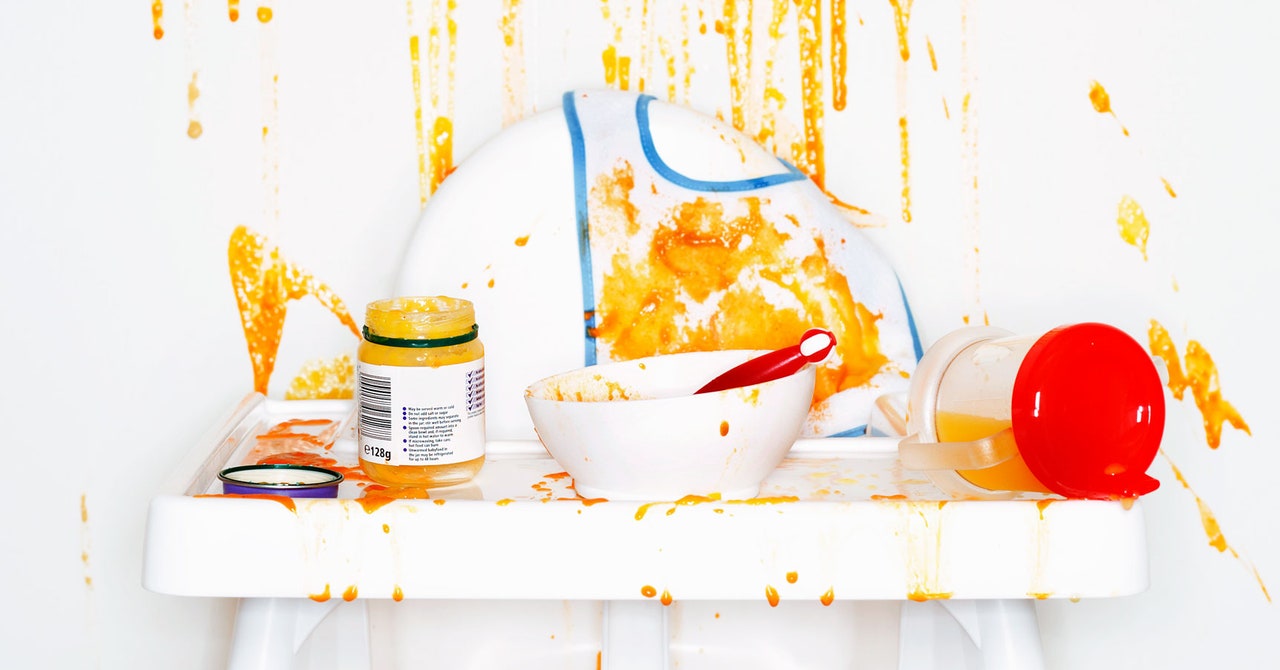In a study published in June in Environmental Science & Technology, Hussain and his colleagues reported that, when microwaved, these containers released millions of bits of plastic, called microplastics, and even tinier nanoplastics.
[…]
Once they’ve snuck past the body’s defense systems, “the chemicals used in plastics hack hormones,” says Leonardo Trasand, a professor at the NYU Grossman School of Medicine and the director of the Center for the Investigation of Environmental Hazards. Hormones are signaling molecules underlying basically everything the body does, so these chemicals, called endocrine disruptors, have the potential to mess with everything from metabolismto sexual development and fertility.
[…]
Judith Enck, a former EPA regional administrator and the president of Beyond Plastics, a policy and advocacy group against plastic pollution, stopped microwaving plastic 30 years ago. She thinks that you should, too: “My goodness, especially if you have kids or if you’re pregnant, do not put plastic in the microwave.”
“It’s a pain in the neck,” she acknowledges, but “even this one study should be a wake-up call—not just to new parents but to the FDA. They need to be far more proactive.” Transand agrees: “The FDA is glacially behind.”
[…]
“I don’t believe that there are microwave-safe plastics.” Trasand and Enck agree that while independent studies should continue testing how much plastic is being released from food packaging, there is already enough evidence to show that “microwave-safe plastic” isn’t really safe. “I think the FDA needs to tell companies that they can no longer say any plastic is microwavable,” says Enck.



It’s a combination of heat, UV irradiation, and hydrolysis that happens within a microwave and affects said plastic containers.
However the article refers towards polypropylene as the main cause of concern, due to its amorphous nature, it tends to break into microplastics and nanoplastics.
The earlier tends to be discarded by our kidneys (at a cost), the latter can get through membranes due its size and cause different types of trouble.